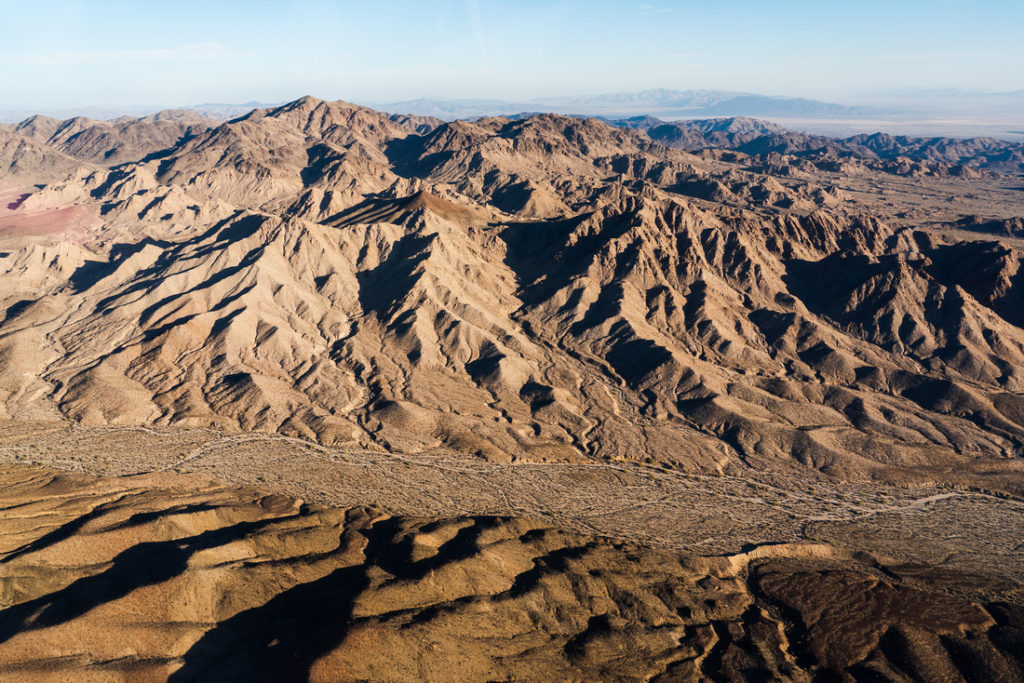When Americans hear about a crisis, their instinct is to spring into action, to do something right away. Do whatever it takes, as Mayor Shinn in the Music Man says, “to prevent this dire happening from… uhm… happening.”
What they don’t do first, as a rule, is pause to ask exactly what the crisis is, what caused it, and what will happen if action is not taken. There will be time to sort all these details out later, they reason. But for now, we must act because this is a crisis! Now!
I think about this characteristic instinct whenever there is a call to “protect” important and valuable natural resources, such as forests, deserts, water, and wildlife. They must be protected for future generations, and it is borderline criminal that we have not yet done so. Does anyone stop to wonder what exactly these resources must be protected from, and why they have not previously been protected?
The latest case-in-point is a petition, hearings, and a rash of lobbying to convince the President to designate a new national monument called Chuckwalla, in the California Desert between Joshua Tree National Park and the Salton Sea. It is the dream of a coalition called “Protect California Deserts,” whose signatories include the local Audubon Society, Sierra Club, National Parks Conservation Association, Wilderness Society, Mojave Desert Land Trust, Conservation Lands Foundation, Wildlands Network, Cactus to Clouds Institute, Friends of the… and others. It has been endorsed by the Los Angeles Times and numerous other media outlets.

They all want the President to make a new 660,000-acre national monument called Chuckwalla (named for a native lizard), which they say, “will help ensure access to nature for local residents and visitors, protect unique biodiversity, safeguard the desert’s rich history, and honor the cultural landscape of the Iviatim, Nüwü, Pipa Aha Macav, Kwatsáan and Maara’yam peoples.” Mind you, they want to “honor” the cultural landscape of the Mojave and Sonoran tribes, not actually give it back to them. Apparently they cannot be trusted to manage lands without destroying everything, any more than any other state, local government, or private owner. Resources are only “protected” by federal ownership, in case you missed that nuance.
To be clear, I don’t care if Californians want yet another presidential order creating yet another national monument. Every inch of that area is already public land. There is no commercial or recreational activity there which would be stopped or started by such a presidential designation, nor would it change the way those lands are used. In fact, it wouldn’t change anything at all in this case, except possibly to attract more visitors, and substitute one set of managers for another.
These lands were already set aside in previous years, as part of the BLM’s National Conservation Lands System. All but 1.5 percent of it is designated as an Area of Critical Environmental Concern, National Conservation Lands, and Wilderness Areas. That region was subject to a thorough “Desert Renewable Energy Conservation Plan,” which allocated a few small areas nearby for future wind or solar power. This proposed new monument includes none of those potential development areas. All of it is already set aside for permanent protection from such development. Still, there is no doubt the President will grant the request before long, just as President Obama did in designating the Mojave Trails National Monument.
The Chuckwalla area is next to Mojave Trails, and to Joshua Tree National Park. There is no chance the BLM would permit any development of any kind that might alter the habitat or character of these lands. So, what must they urgently be “protected” from?
It is something of a tiring and tiresome question because this “crisis” has become so common. The government literally owns over a third of the U.S., so the Administration’s stated goal to “protect 30 percent of our lands and waters” by 2030 (the 30-30 Initiative) is disingenuous unless you think the government is about to subdivide and pave national forests, parks, and BLM lands.
The most spectacular parts of the West, including the Mojave Desert, are preserved and protected forever, by definition, because they are “public lands,” already controlled by a host of agencies that guard the territory with the public’s trust. So why do these places need “saved” again?
As is so often the case with environmental industry campaigns, this is not about protecting the environment; it is about money. The need to solve some immediate crisis is the lifeblood of the non-profit sector. People do not sign petitions, join organizations, attend public meetings, and get out their credit cards to support an action that won’t change anything. But they will do so in a heartbeat to head off a crisis, especially one involving the loss – forever – of cool species like the desert tortoise or the chuckwalla lizard. And so, the saga goes on endlessly… Act now! Join the coalition! Send money!




The urgency to protect natural resources is commendable, yet the need for immediate action sometimes overshadows a thorough understanding of the crisis at hand. It’s essential to delve into the root causes, potential consequences, and past neglect to formulate effective and sustainable solutions. Balancing the instinct to act swiftly with a nuanced comprehension of the issues ensures that efforts to safeguard resources are not only timely but also well-informed and enduring.
Comments on this entry are closed.